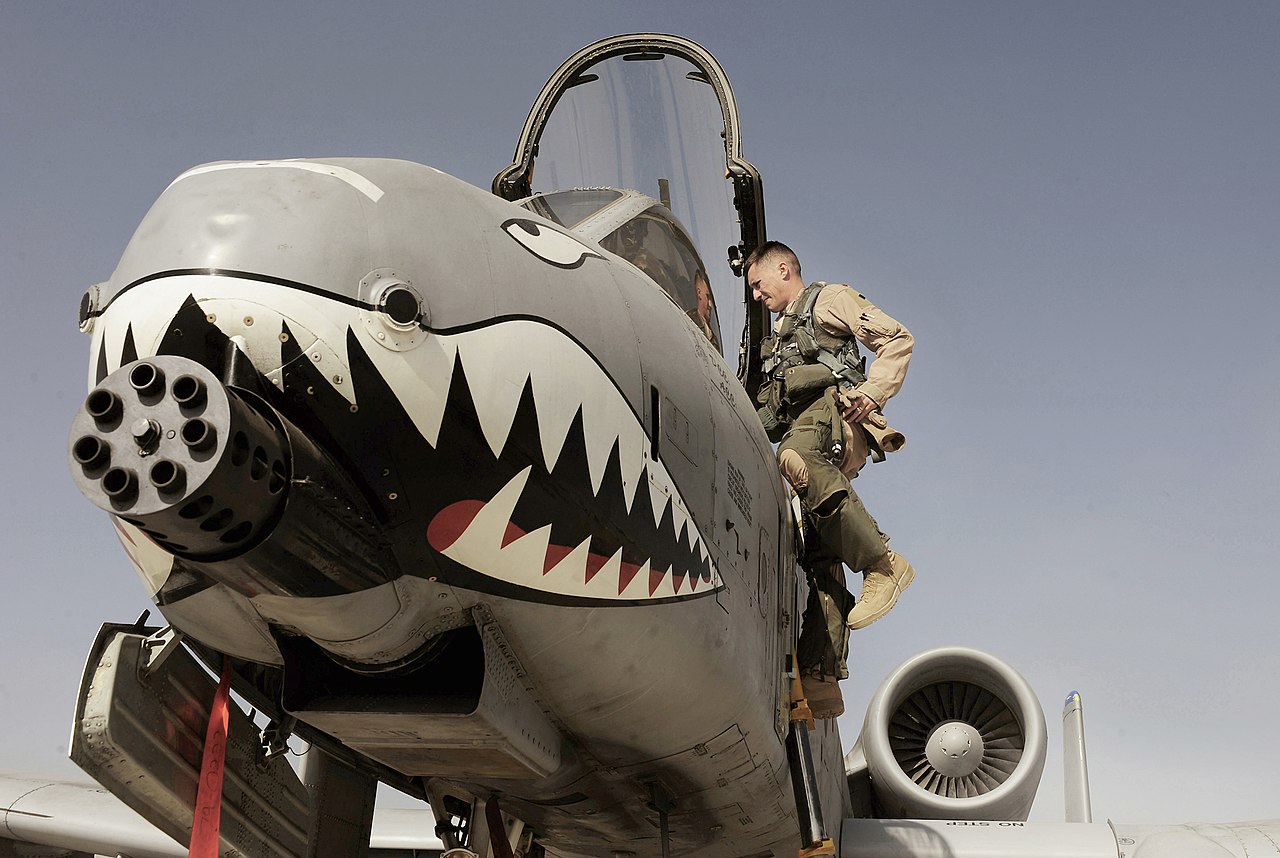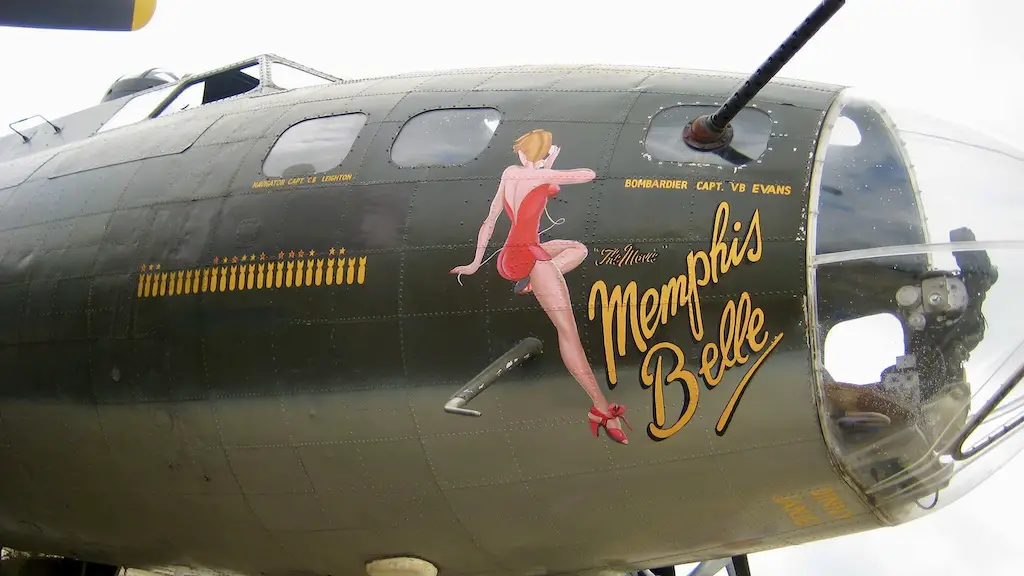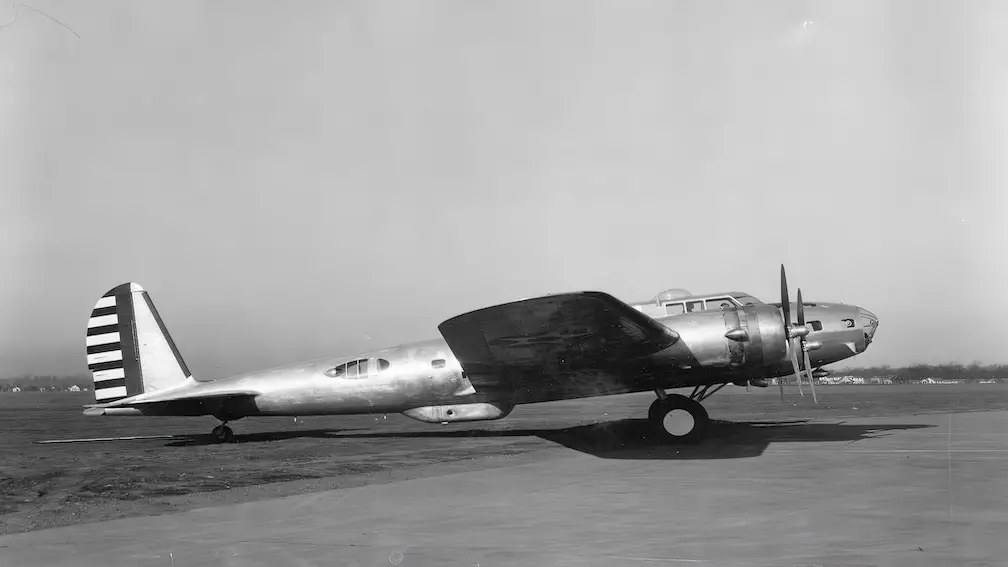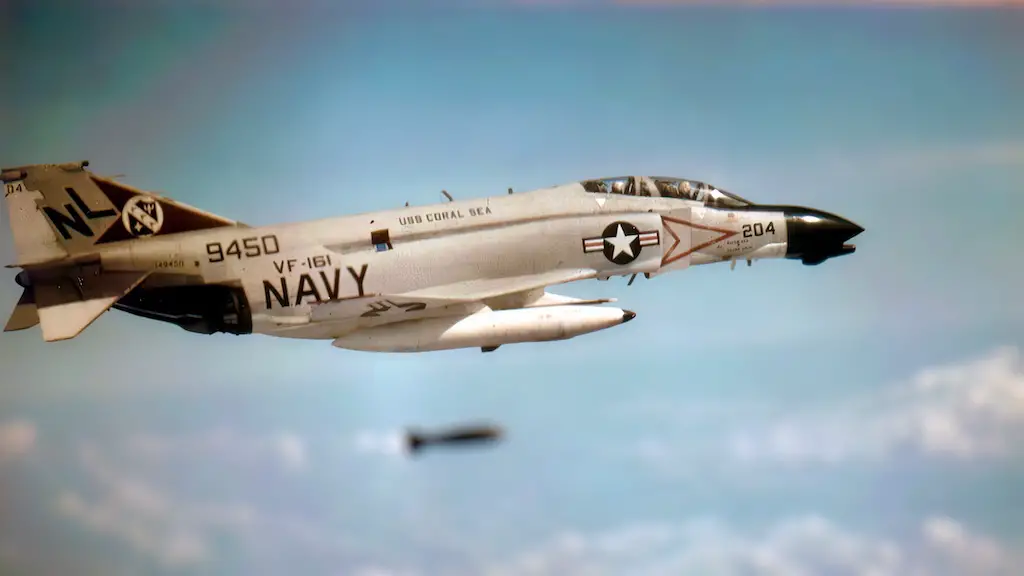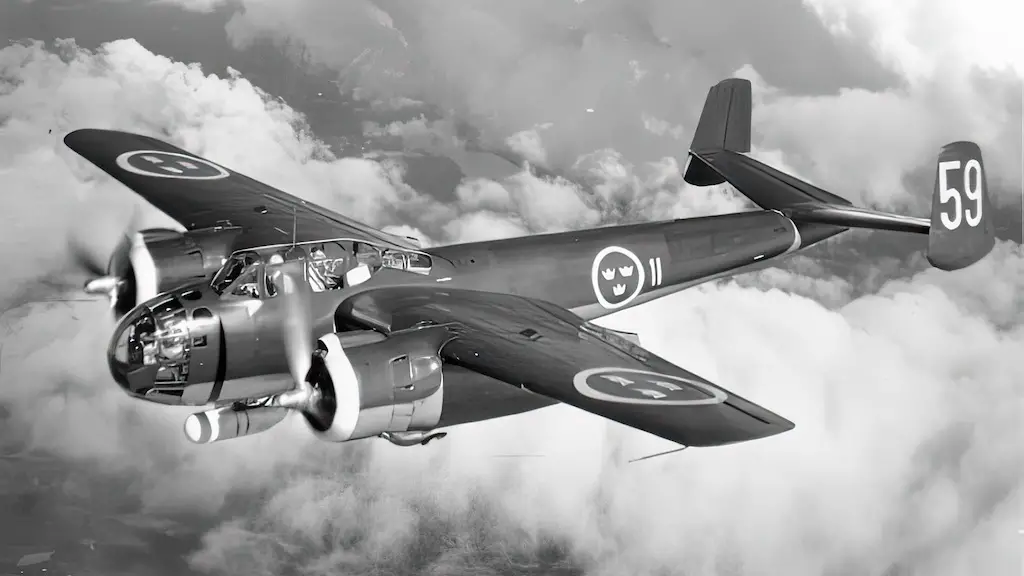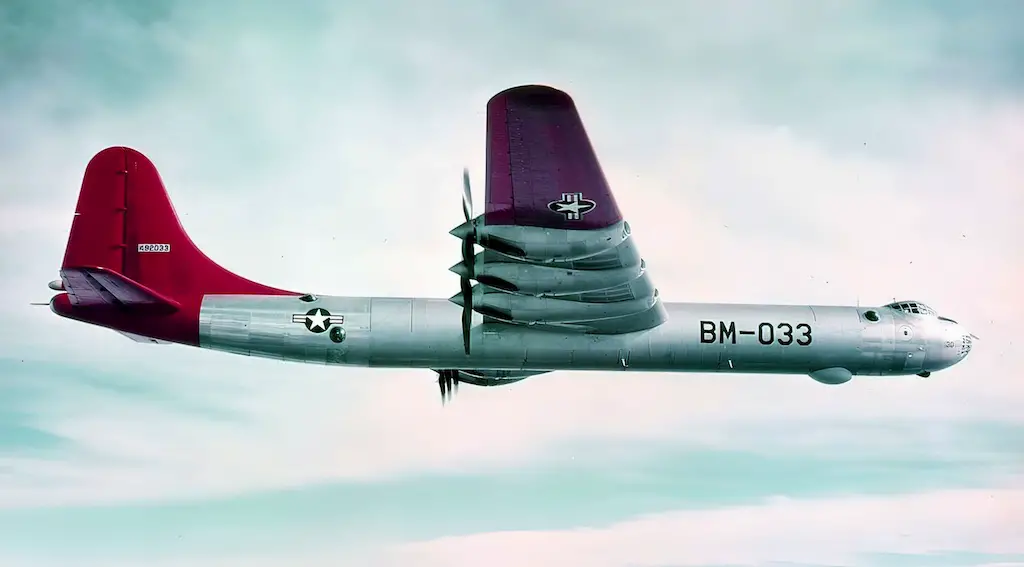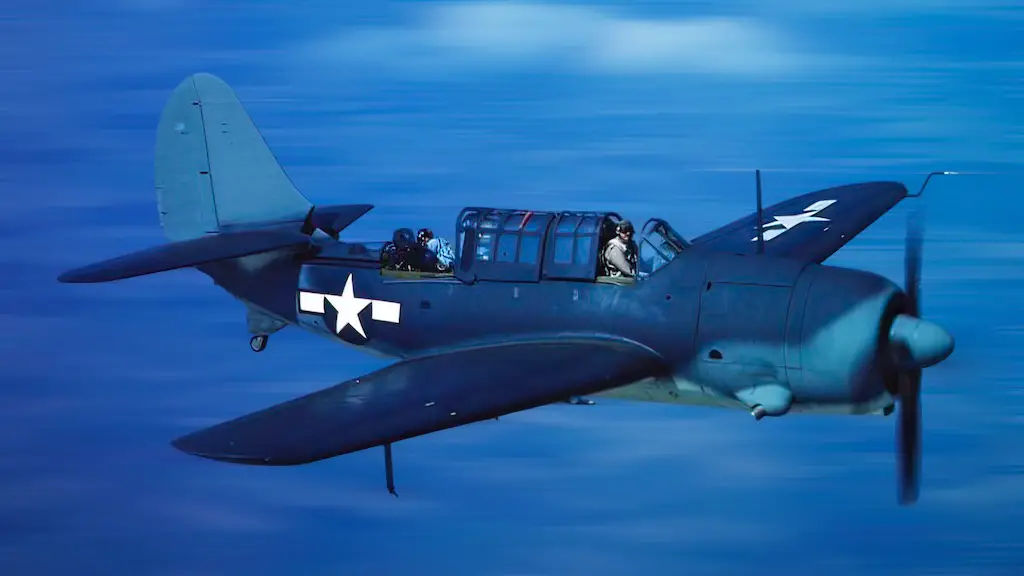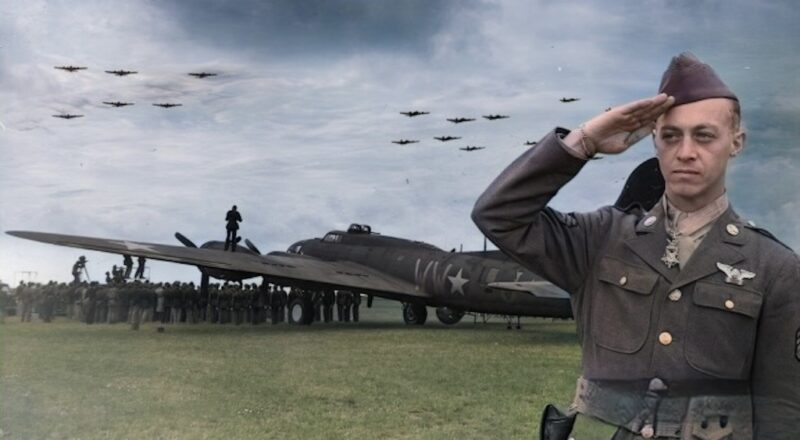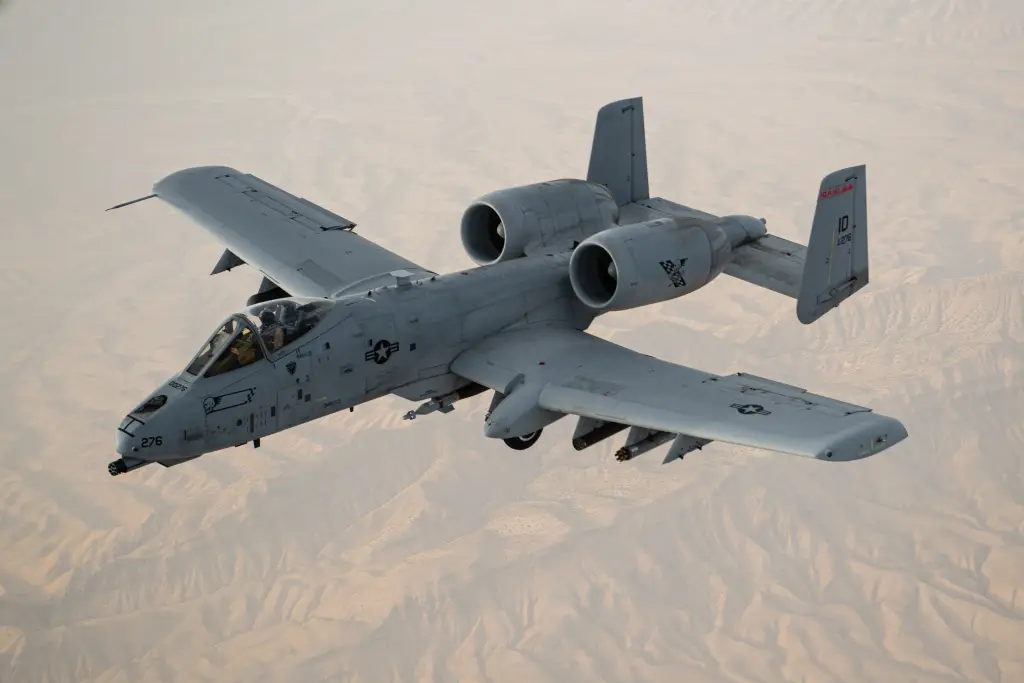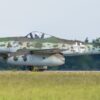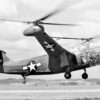It’s not uncommon for soldiers to decorate and personalize their equipment. In an industry where everyone is supposed to look the same, it’s tempting to add something that would make one stand out from all the others. Nose art painting was considered a military tradition as initially it was a practical reason for identifying friendly aircraft. Thereafter the practice evolved to express the individuality of the planes.
Creative customization
The Air Force is no exception; in fact, some of the most creative customizations of equipment can be found in military aviation. However, it would seem that there is less creativity now when it comes to Aircraft nose art. The famous shark teeth can still be found, but there are certainly fewer women or cartoon characters.
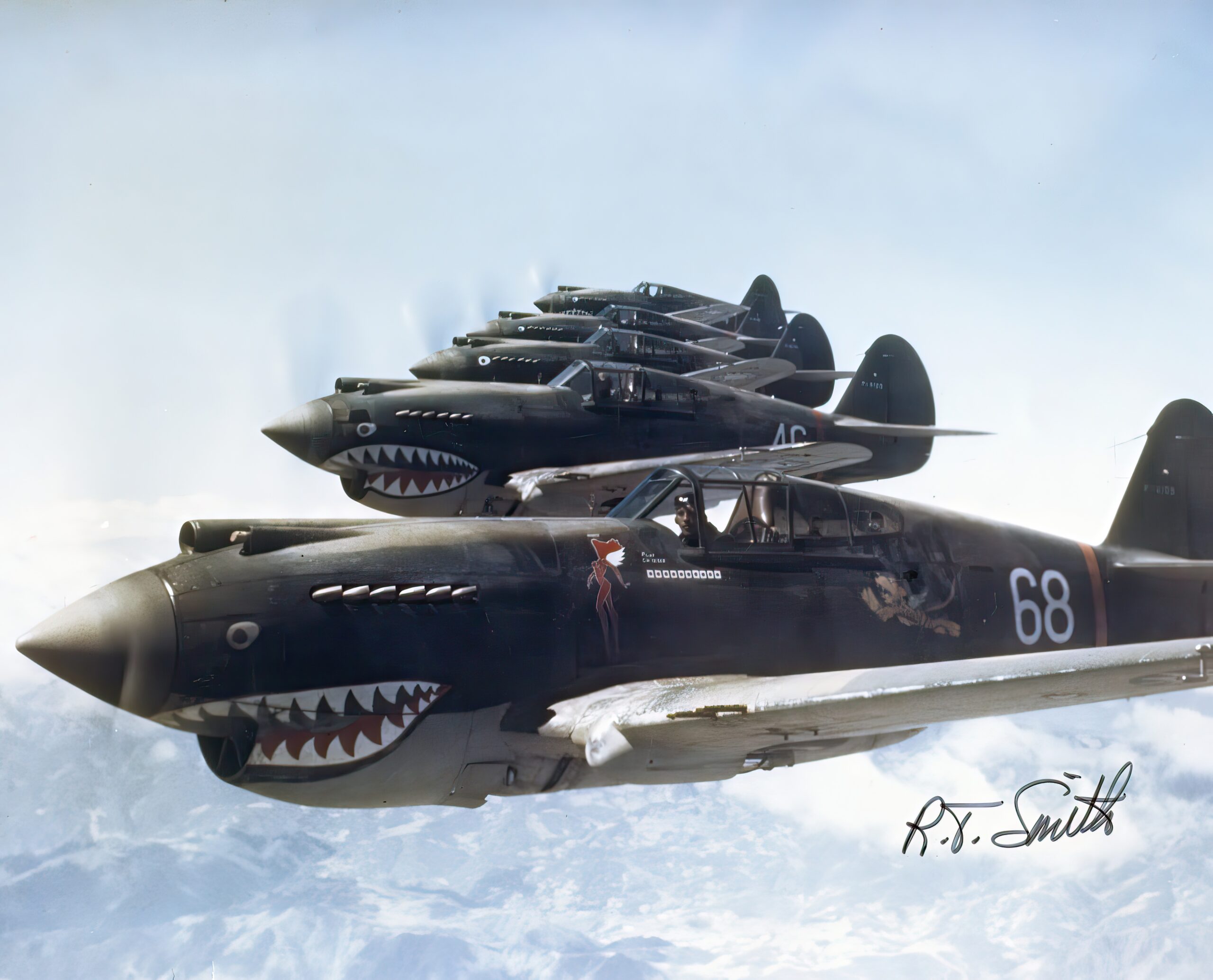
Tradition
Part of the reason is that this tradition is currently regulated and requires official approval. In contrast, in the past, anyone with a brush and adequate painting skills could draw whatever they wished on the aircraft. While the U.S. can’t exactly claim the tradition as their own, their pilots certainly made it more popular. The earliest iterations of nose art can be traced back to Italy. During WWI, nose art served a practical purpose, as it helped to identify the aircraft and served as squadron insignia.
But this was taken to a different level during WWII. The U.S. Army Air Force (USAAF) began customizing their aircraft; this was especially the case with bombers as there was more surface to draw on. The Air Force command decided to let the pilots have fun with it, although there was no official endorsement of this tradition. However, things were different within the Navy, where nose art was completely banned.
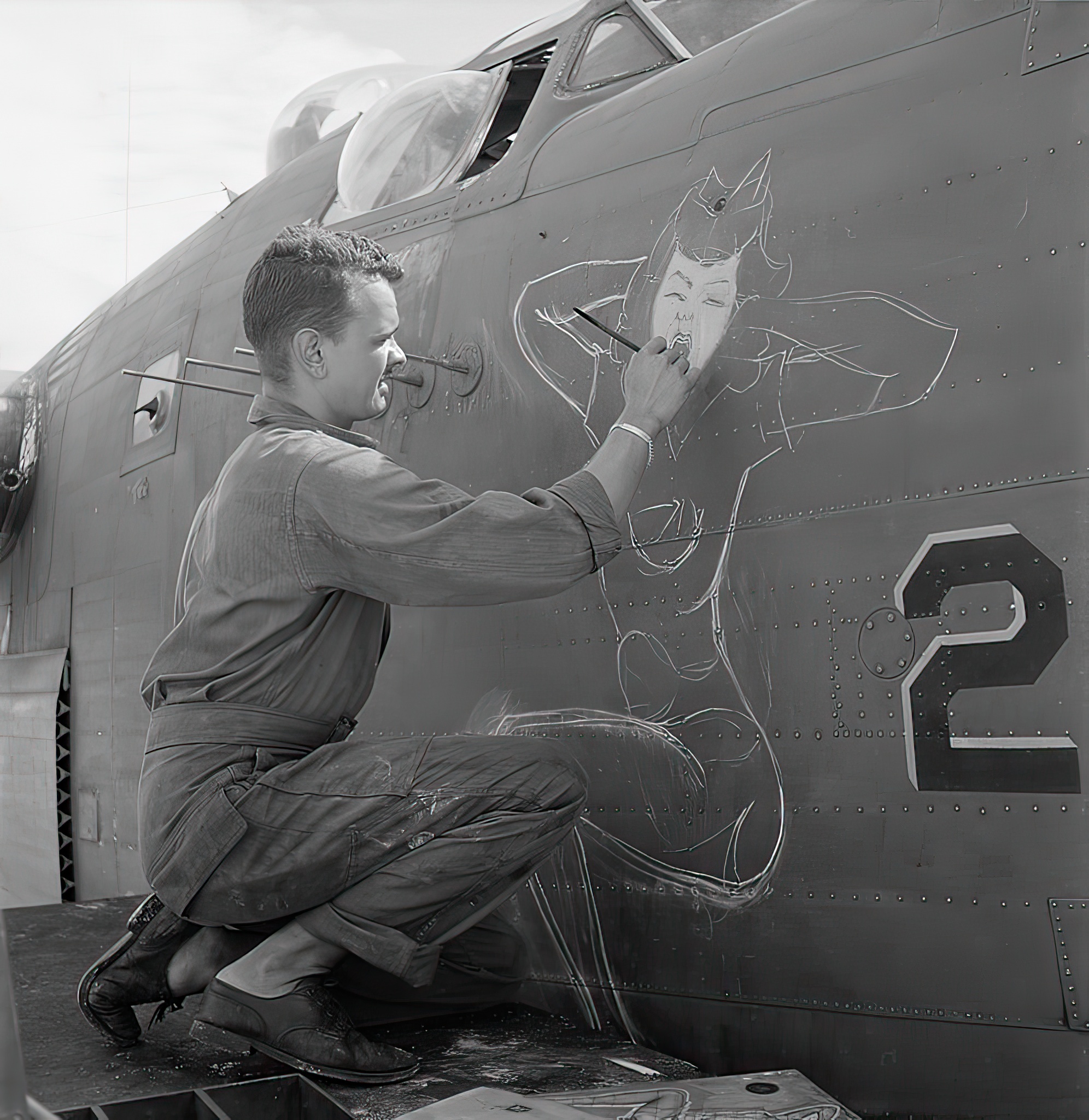
Inside jokes
The artwork varied in size and style. Some depicted inside jokes among pilots, some bravery and victory. Others were pin-up-style erotic depictions of women. Generally, the closer the aircraft were to Europe, the milder the artwork was, whereas if one got closer to the Pacific, they would notice that the nose art got increasingly over the top.
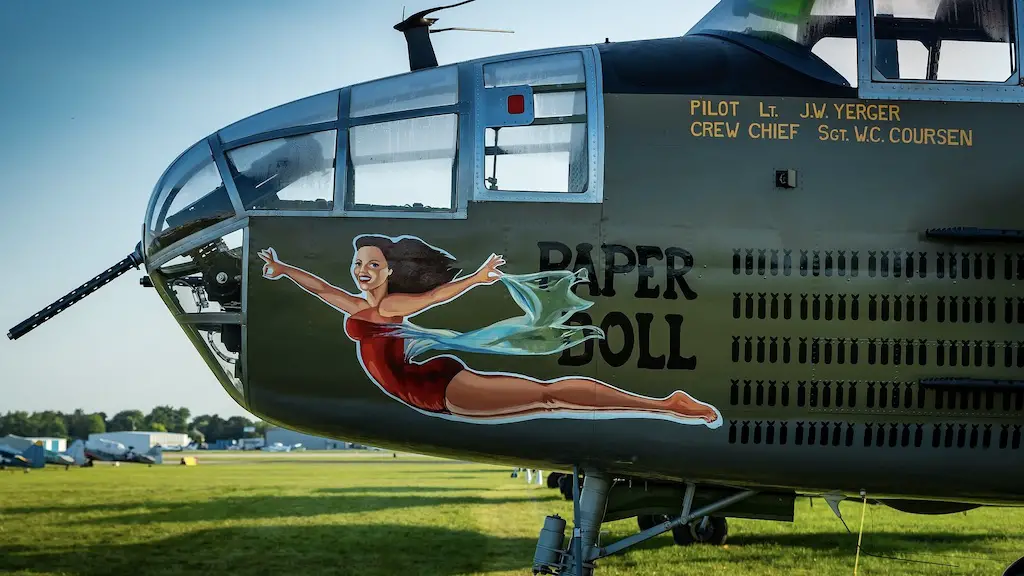
Today, nose art is minimalistic and more timid. It is easier for soldiers to do as they please during the Wars. However, peacetime tends to bring back the pesky bureaucracy and due processes. And to be fair, brightly colored artwork on an aircraft makes it easier to spot by the enemy. Additionally, while the Air Force was willing to let the half-naked women art fly (pun intended) during WWII, obviously, it’s no longer the case: In 1993, the USAF Air Mobility Command declared that all nose art should be gender-neutral.
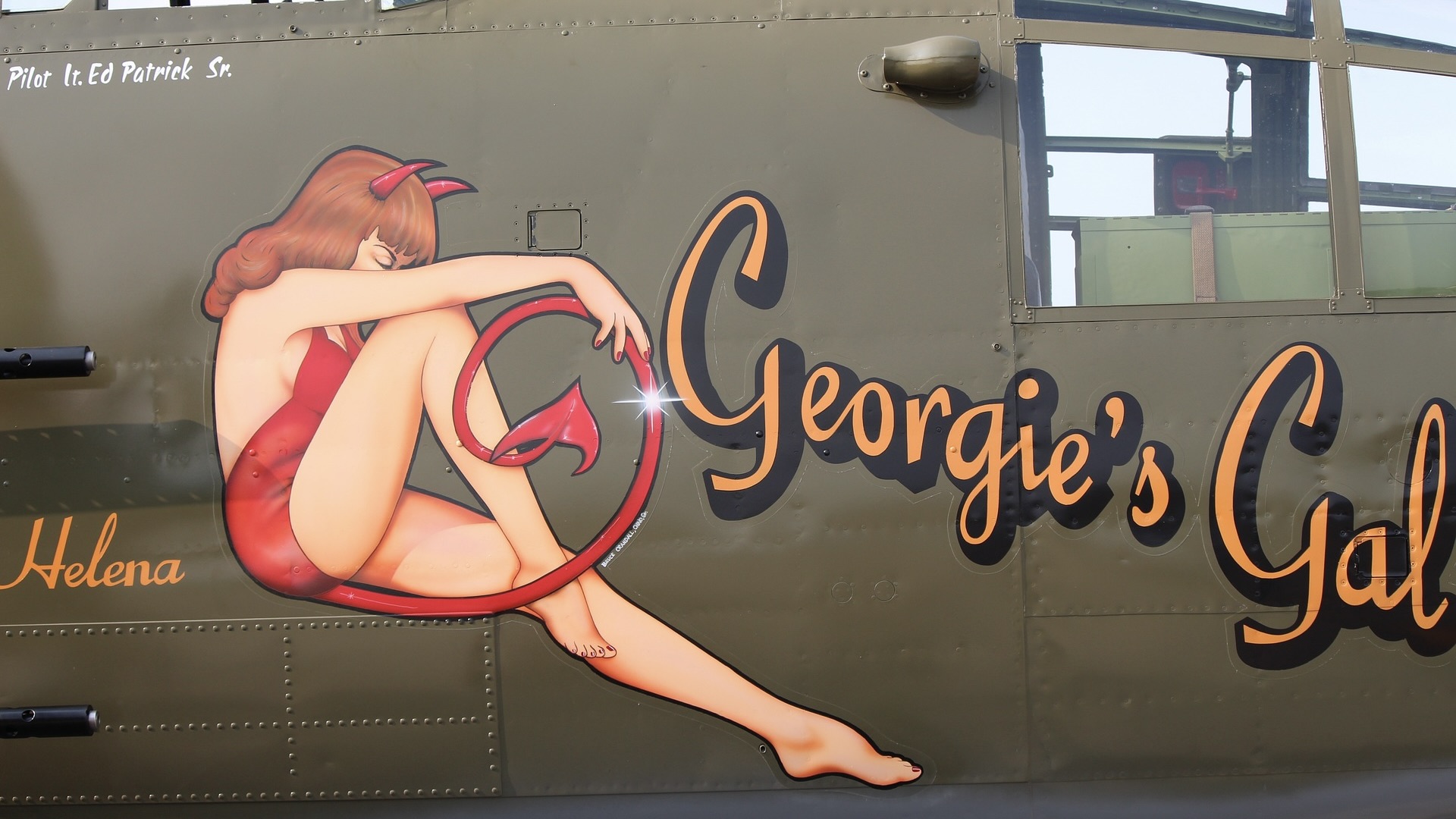
Patriotic
The Major Command gets to approve nose artwork, and they mostly prefer artwork that is more patriotic. However, just like in the past, rules are a bit more relaxed in war zones. However, the tradition is still practiced in moderation compared to WWII days. The famous Shark teeth are also alive and well and can still be found on A-10 Warthogs. So the tradition is still alive, however, it has changed quite significantly to fit in with the current cultural norms.
